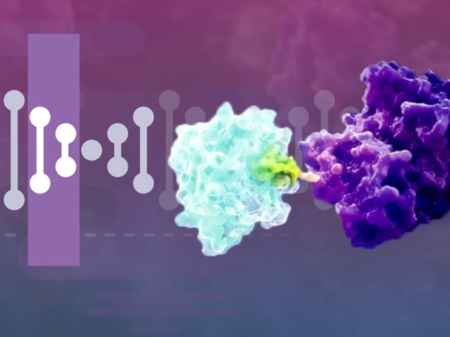NanoLuc technologies: NanoBIT and LumiT immunoassays
NanoLuc technologies: NanoBIT and LumiT immunoassays
Registrace zde.
Nanoluciferase-based complementation assay to detect GPCR-G protein interaction
Summary: G protein coupled receptors (GPCR) are one of the principal class of membrane proteins and around 30% of the currently marketed drugs act on one of them. The efficacious detection of ligands with the desired pharmacological profile remains a challenge of paramount importance in the GPCR drug discovery and pharmacological research. Recent evidences demonstrate that GPCR ligands can stabilize distinct receptor conformation and trigger various signalling pathways with different efficacies and/or potencies. This phenomenon called functional selectivity or biased signalling may lead to improved drugs with fewer side effects. Most receptors are promiscuous and can couple to more than one G protein family. To enable the discovery of biased ligands able to selectively trigger one G protein pathway over another, simple and efficient screening procedures are needed. The traditional assays aiming at detecting G protein activation monitor the generation of second messengers ([Ca2+]i, cAMP, IP1, …) or active G proteins (with GTP-g-S for instance). While these approaches have proven sensitive and robust, they are not suited for the detection of a single GPCR-G protein interaction. Here, we present in detail a method based on the complementation of the Nanoluciferase adapted from the NanoBiT system. The procedure gives access to a direct measurement of the interaction between the receptor and the G protein. It permits the profiling of a receptor or a ligand toward G protein interactions and is compatible with high throughput screening.
Title: Lumit™ Technology for Homogeneous Bioluminescent Immunoassays
Summary: Lumit™ technology enables development of simple assays for the rapid detection of analytes, including proteins, with completely homogeneous, bioluminescent immunoassays. Antibodies (or other affinity reagents) are chemically labeled with the SmBiT and LgBiT subunits (i.e., NanoBiTs) derived from NanoLuc® Luciferase. When SmBiT- and LgBiT-labeled antibodies converge on their shared target, SmBiT and LgBiT form an active enzyme and generate a bright luminescence signal. This homogeneous detection chemistry has several advantages, including simple, add-mix-read protocols, no requirement for sample transfer, no washes, and a broad linear dynamic range, mitigating the need for sample dilutions. Moreover, time to assay completion is typically 30 to 120 minutes, depending on the specific assay. Available assays and reagents include those for detection of cytokines (e.g., IL-1β), metabolic targets (e.g., insulin), antibody-FcRn binding, and cellular signaling nodes (total and phospho-protein levels), as well as labeling kits to build your own Lumit™ Immunoassays.
